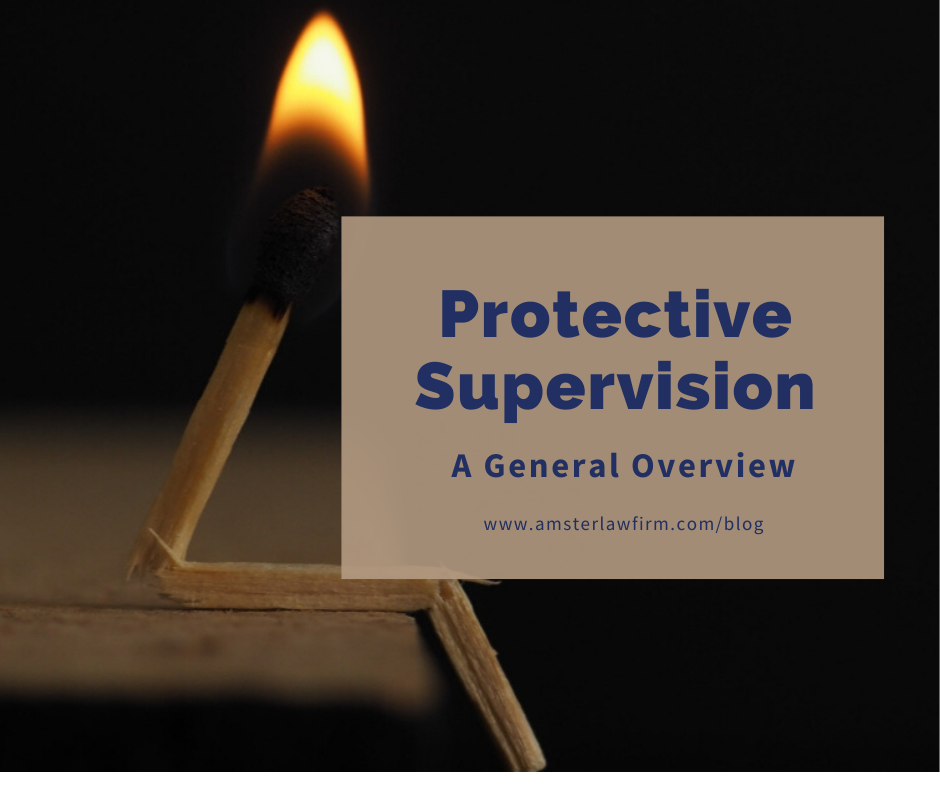Protective supervision is an In-Home Supportive Service (IHSS) program in California for both minors and adults who, as a result of a mental impairment or mental illness, require oversight 24 hours a day to guard against injuries, hazards, or accidents. The purpose of protective supervision is to allow recipients to remain safely at home. IHSS pays providers, including parents, potentially upwards of $3,000 per month.
“Non-severely impaired” recipients are entitled to 195 hours of care per month and “severely impaired” recipients are entitled to 283 hours. To qualify as “severely impaired,” an applicant must need at least 20 hours per week of assistance in the IHSS areas of non-medical personal services, paramedical services, or meal preparation/clean up.
A recipient’s mental impairment or mental illness must hinder:
Memory (e.g. forgetting things, people, places, starting or finishing a task, etc.);
Orientation (e.g. inability to recognize and adapt to time, people, places, environment, etc.); and
Judgment (e.g. making decisions that jeopardize the recipient’s health and/or safety),
In order for a child to qualify for protective supervision, the child must meet each of the following requirements:
Be nonself-directing due to a mental impairment/illness;
Likely engage in potentially dangerous activity;
Need more supervision than a child of comparable age who is not mentally impaired/mentally ill, and
Need 24-hour-a-day supervision in order for the child to remain safely at home.
“Nonself-direction” means an inability, due to a mental impairment/mental illness, for the recipient to assess danger and the risk of harm. As a result, the recipient would most likely engage in potentially dangerous activities. Some of the many examples of potentially dangerous activities include turning on the kitchen stove, playing with electrical sockets, climbing onto high places, and wandering away from home. An applicant must only demonstrate a likelihood for engaging in dangerous behavior; the county cannot require the applicant to actually suffer harm before approving protective supervision.
Lastly, protective supervision is not available in the following situations:
For social activities or friendly visiting;
When the need is caused by a medical condition and the applicant requires medical supervision;
In anticipation of a medical emergency;
To control aggressive or anti-social behavior; and
To prevent intentional self-destructive behavior, such as suicide, or when an applicant knowingly intended to harm himself/herself.
If you think that your family member may be eligible for protective supervision, stay tuned for the next blog post, which will discuss how to apply and how to appeal a denial. Here’s a preview: keep a protective supervision log that records when your family member engages in potentially dangerous behavior. Be sure to include the date of the incident and a brief description. Here is a template that we use with our clients: Protective Supervision Dangerous Behavior Log.


Add Comment